A blow so much extraordinary, elegant, which pest et difficult to achieve. the reverse attack comes in several ways from the bottom of the track. Let's discover them together.
Posted at the bottom of the track, we organize our defense. Depending on the ball played by our opponents, we will have the possibility of going on the attack. We've talked about it before with the attacking forehand, but if the ball comes to us on the backhand, we have to be offensive and aggressive. There are 3 possibilities for this.
One-handed backhand, flat
It is perhaps the most aesthetic blow. Posted at the back of the field, we will come to prevent the ball from passing, by opposing our body. We will remain in open support, shoulders facing the track. In general our non-dominant leg (the one opposite to the hand carrying the pala) will be slightly in front of us, at height, in a few words in open support, unlike the classic backhand where the dominant leg will be clearly in front.
The gesture will be short with a beginner preparation at body height for a finish slightly in front of us. We can speak of an amplitude of barely 1 meter. What will allow us the attack will be especially the contraction of the abdominals and the glutes to use the ball speed of the opponents. Your shot is frank, clear, dry, and with more speed.
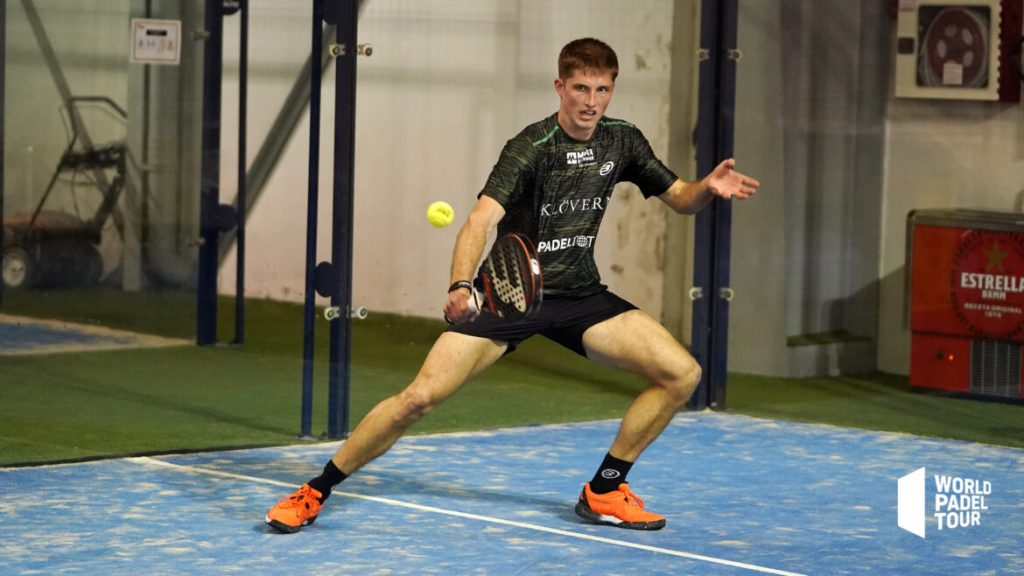
With this type of backhand, you will already be ready for the next stroke, as you are facing the piste.
The two-handed backhand
Equally impressive, the 2-handed attacking backhand is taking its toll. Some players perform the basic one-handed backhand but on the other hand, the attacking backhand, two-handed. So whatever, the important thing is that you are comfortable.
The idea will be to prepare very quickly with your pala behind, above the belt, to impact the ball just after the rebound, when it is in the rising phase. The fact that you are impacting with 2 hands gives you the strength and control necessary to knock down the ball so that it assaults the opponents below the level of the net.
This technique requires glance and experience but allows to surprise, to attack and to take the road of the net in a snap of the fingers. So we'll act like a slap trying to knock the ball down from top to bottom.
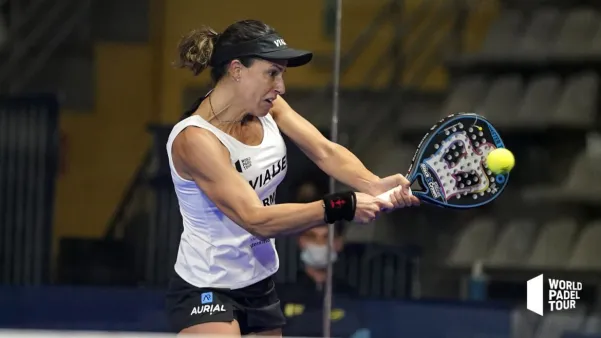
The one-handed backhand, cut
We call it cut, sliced or even with a back spin effect, this backhand that we make with one hand from top to bottom or even forward. Some players only use this type of backhand there, both for defense and offense. The disadvantage of defending cut is the trajectory of the ball which will often be straight. So, in a learning phase, we will detach defense from attack. This cut backhand, if we have understood the technique correctly, will be useful for other shots such as the backhand window exit or the backhand volley.
Preparation with the pala head raised, the elbow bent and the wrist locked, “motorcycle acceleration” type, the non-dominant hand will be used to place this pala in a high position, above the belt, but also as a tensioner which will add more speed , if necessary. The idea will therefore be to impact the ball above the level of the net to bring it down to the opponents' side. The advantage will be that depending on your place of impact, in front of you, at body height or slightly behind you, you may find an area along the line, crossed or in the center.
This cut back will be effective because the printed effect will reduce the rebound, so do not hesitate to vary the speeds, angles and depths to have a large panel.
Last point, the finish, with an accompaniment in the direction played which will allow to prepare the pala in front of us for the next move, but also to put the opponents under pressure.
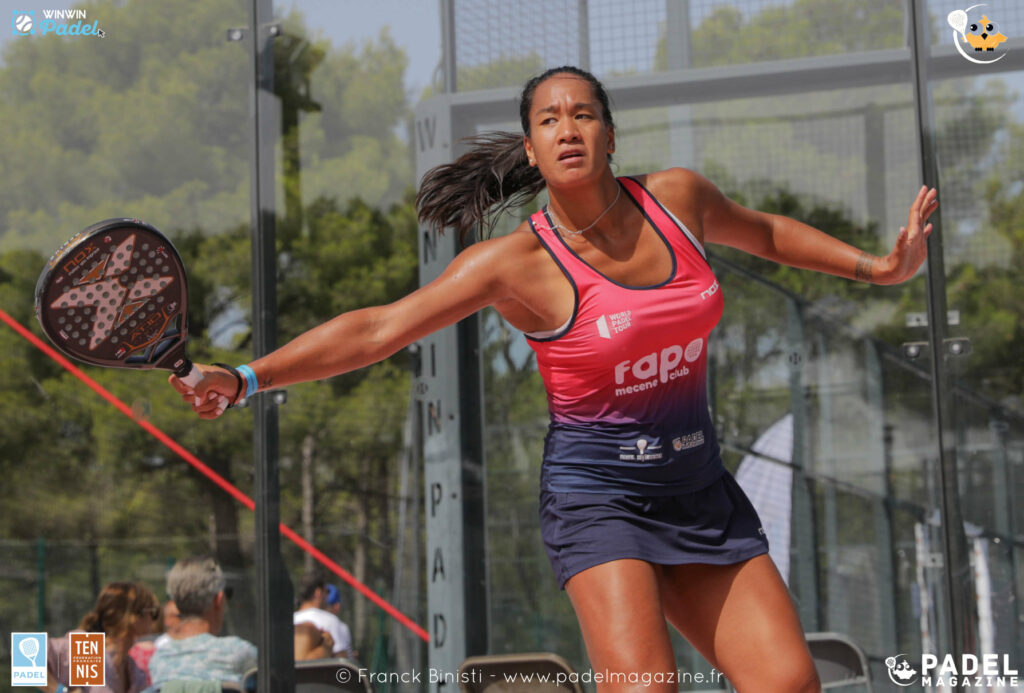
The offensive backhand is as elegant as it is difficult to master or devastating. It would be a mistake to think of power first and foremost. Think about the fluidity, the support on the ground, the end of the movement. Rest assured by playing in a simple way first and then, little by little, look for speed and more complicated areas!
Julien Bondia is a teacher of padel in Tenerife (Spain). Columnist and advisor, he helps you play better through his tutorials and tactical/technical articles padel.




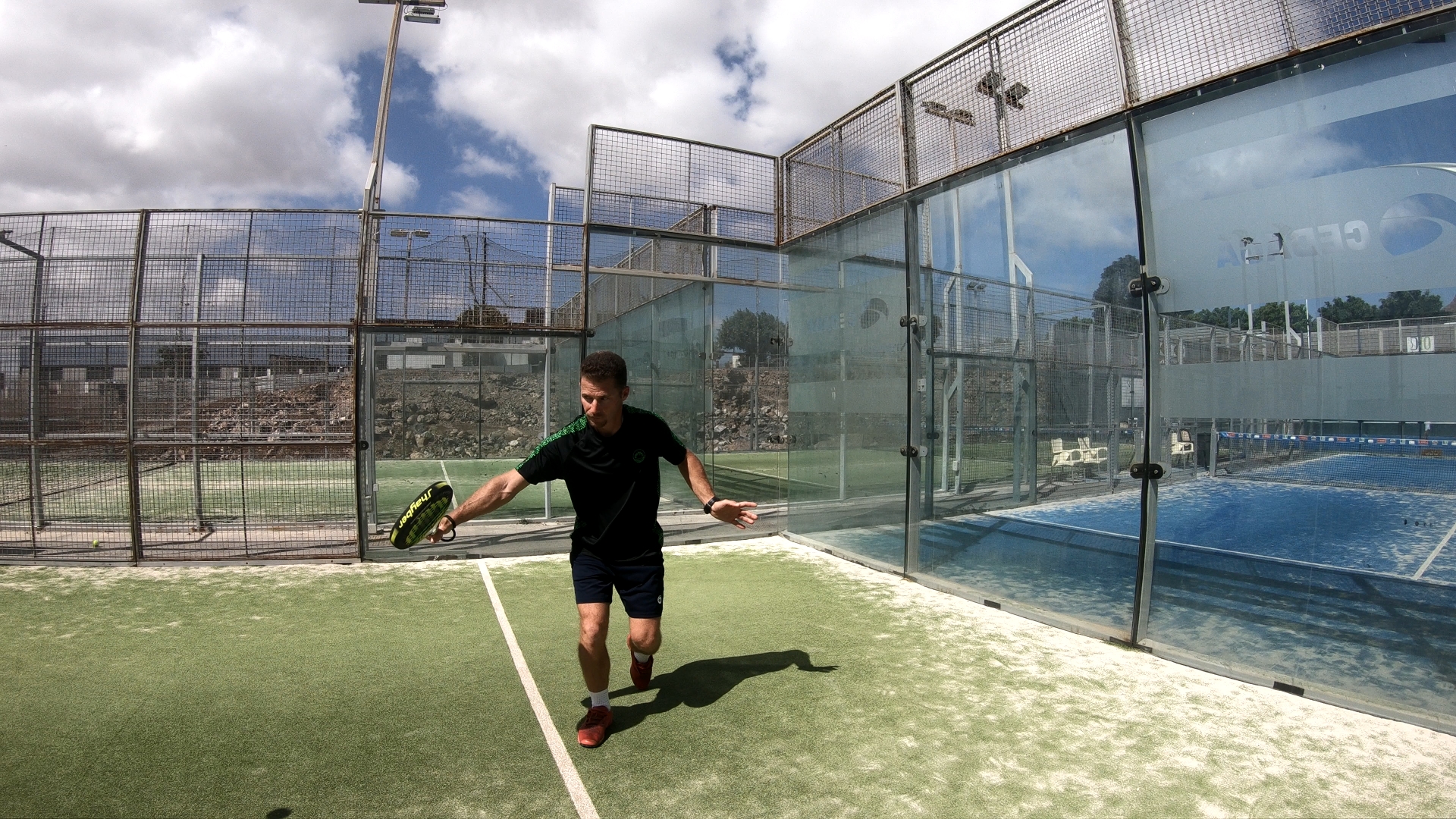















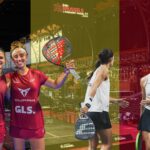
















































































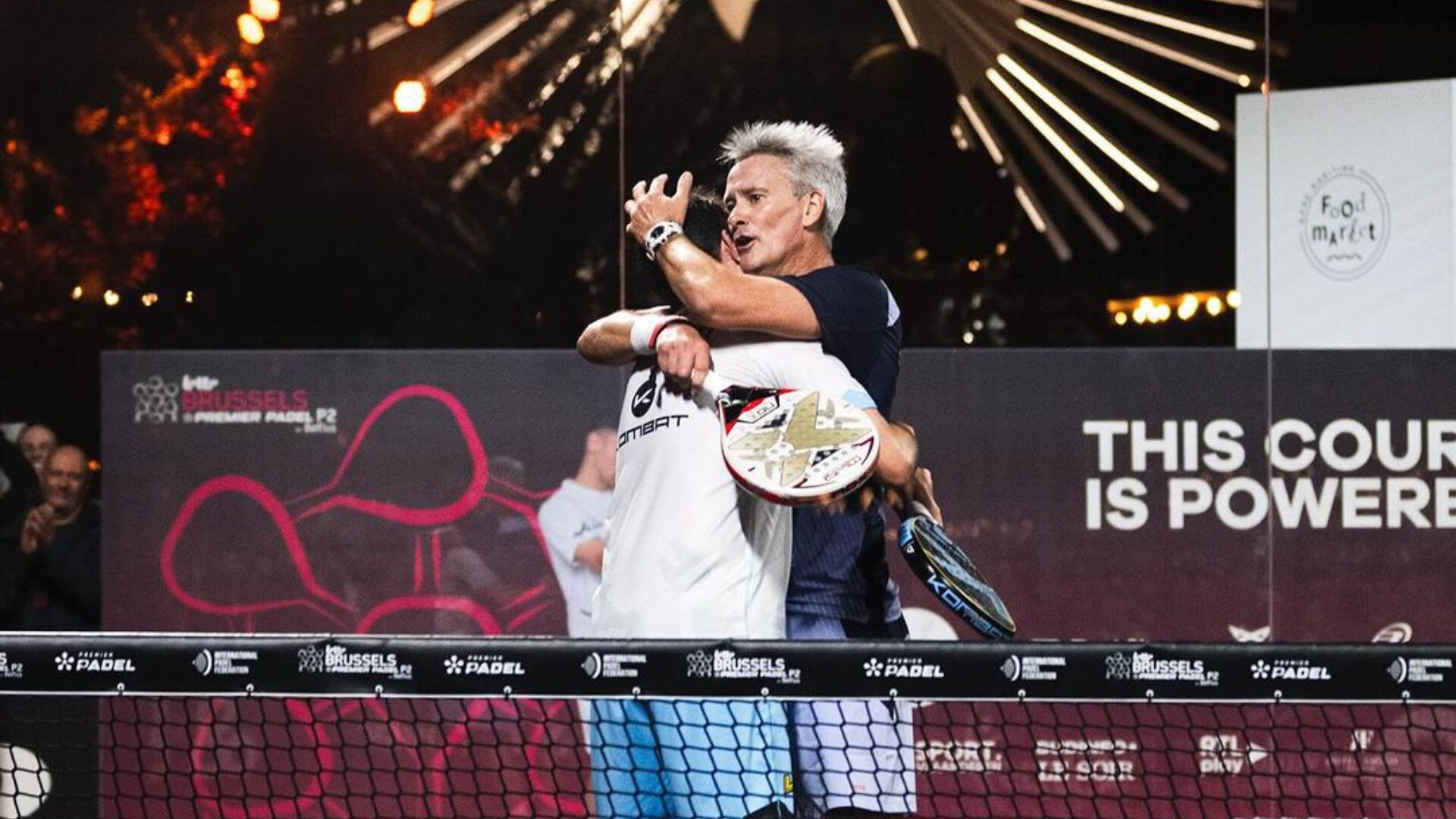 Big evening in Brussels with two seeded players on the mat, heckled number 1s…
Big evening in Brussels with two seeded players on the mat, heckled number 1s…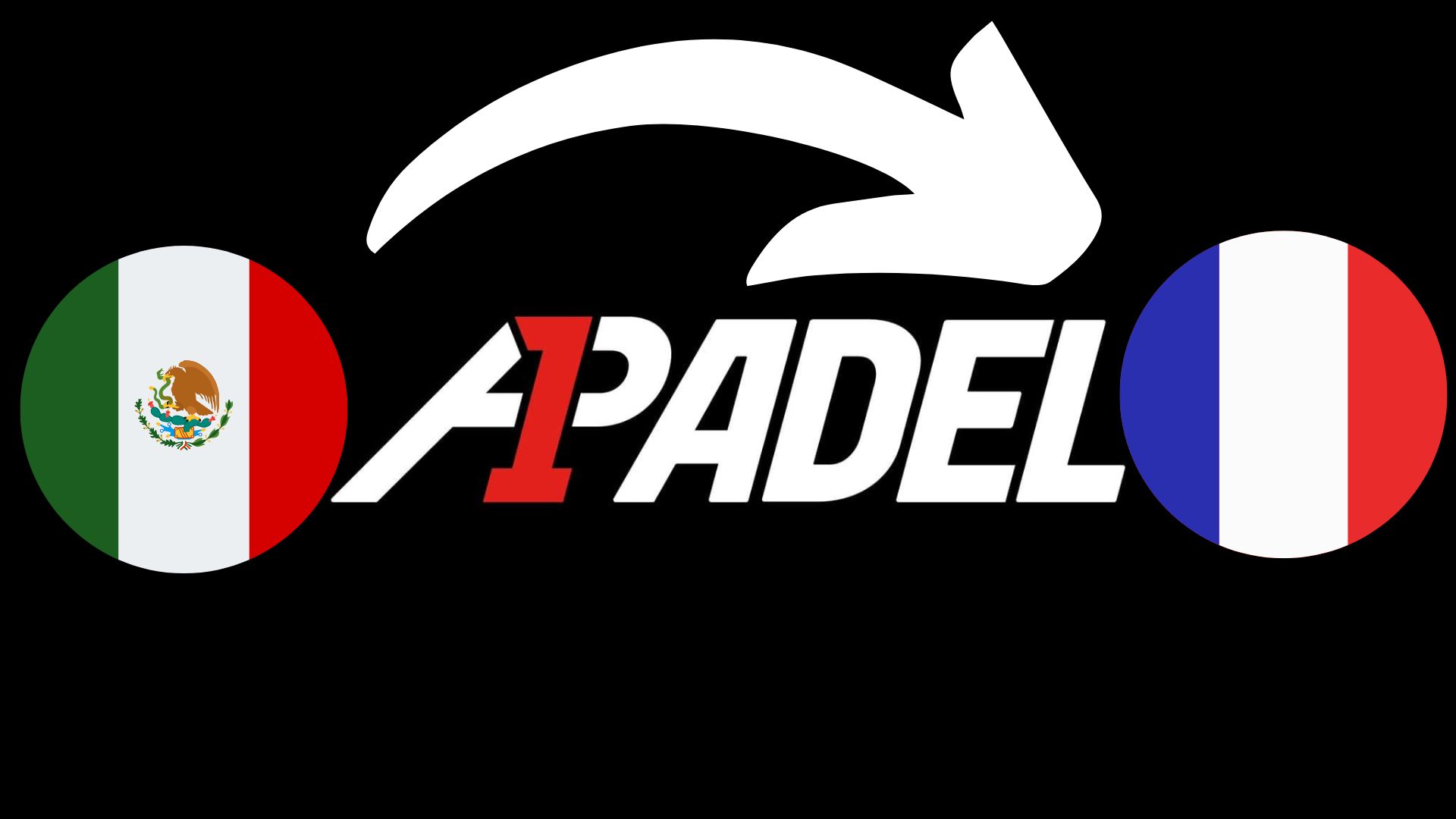 A1 Padel – the French Open replaces the Mexican Open on the calendar
A1 Padel – the French Open replaces the Mexican Open on the calendar 4 Fiberglass Padel Courts for The Ville de Paris: a choice that looks to the future
4 Fiberglass Padel Courts for The Ville de Paris: a choice that looks to the future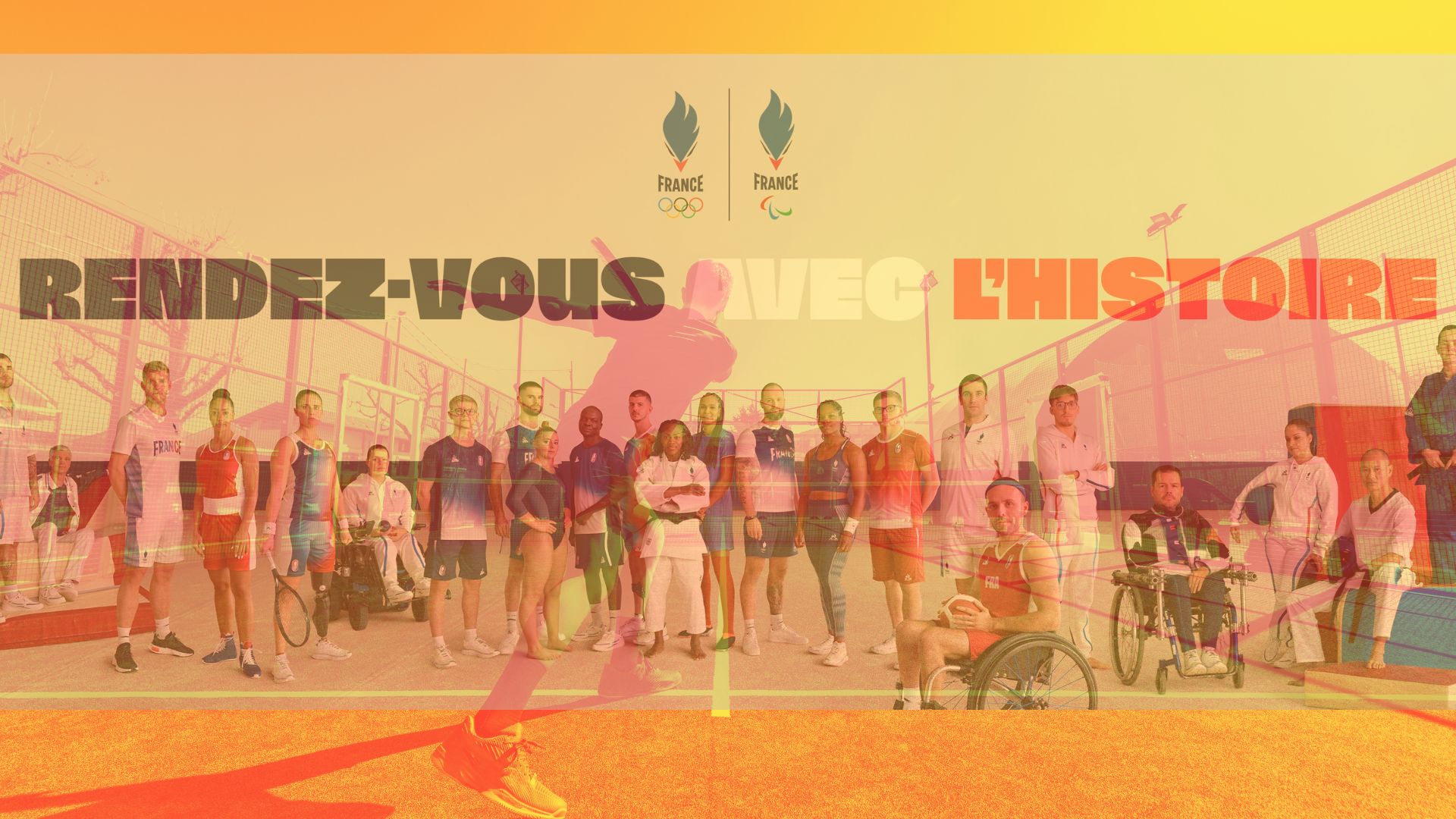 Olympic Games: Club France will have its 4 tracks padel !
Olympic Games: Club France will have its 4 tracks padel ! Guillaume Codron de Sud Padel : “A family project”
Guillaume Codron de Sud Padel : “A family project” Nallé Grinda: “Democratize the padel in the USA with PadelX "
Nallé Grinda: “Democratize the padel in the USA with PadelX " Simon Boissé: “We know that there are two nations in front of us”
Simon Boissé: “We know that there are two nations in front of us” Marie Maligo: “This period of frequent changes of partners was beneficial for me”
Marie Maligo: “This period of frequent changes of partners was beneficial for me” Gilles Moretton: “We will be able to put the padel at the level of tennis”
Gilles Moretton: “We will be able to put the padel at the level of tennis”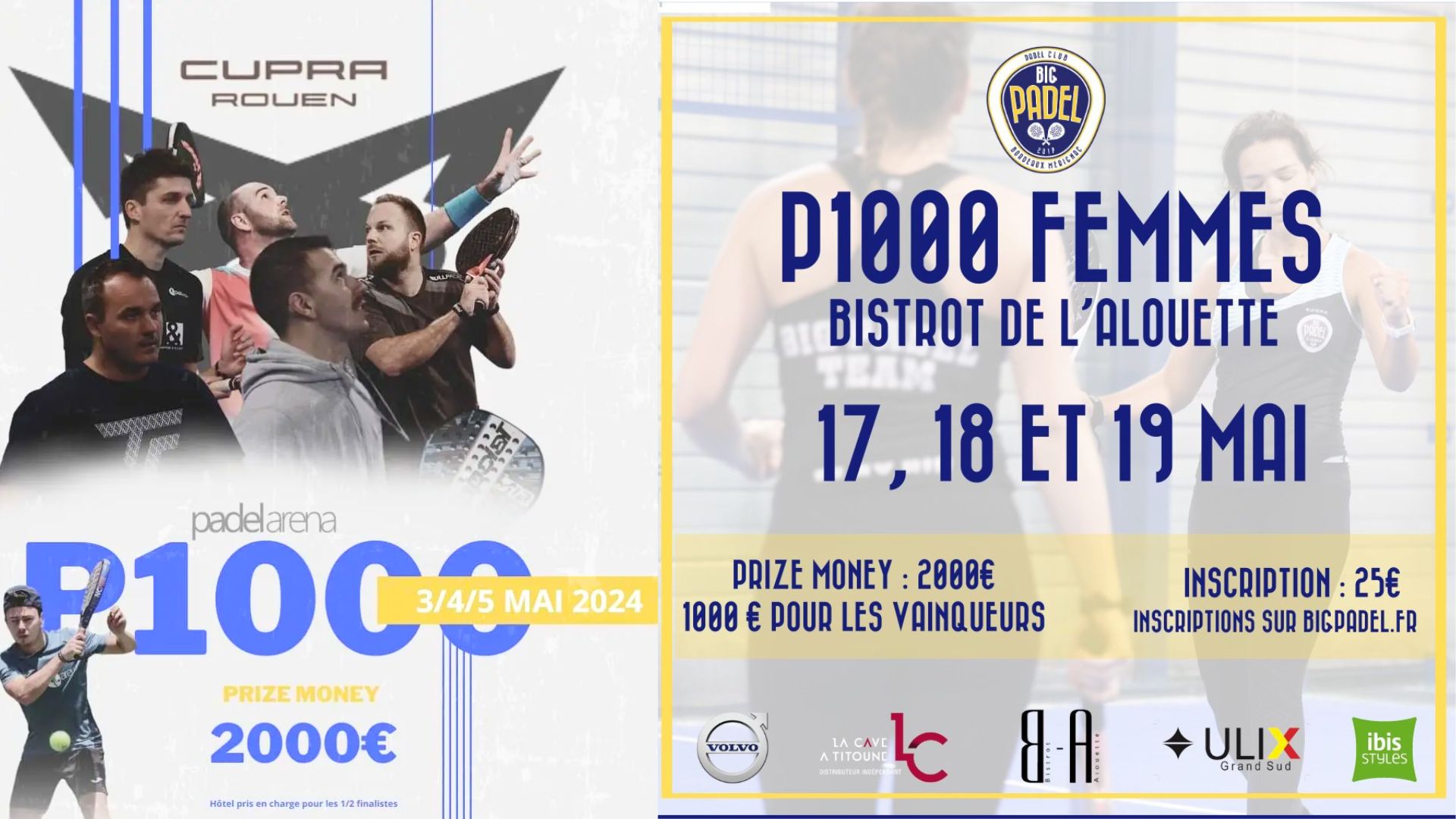 Two P1000 doubled prize money approaching!
Two P1000 doubled prize money approaching! José Manuel Escin at the inauguration of Casa Padel DOS: “Finally, and thank you!”
José Manuel Escin at the inauguration of Casa Padel DOS: “Finally, and thank you!”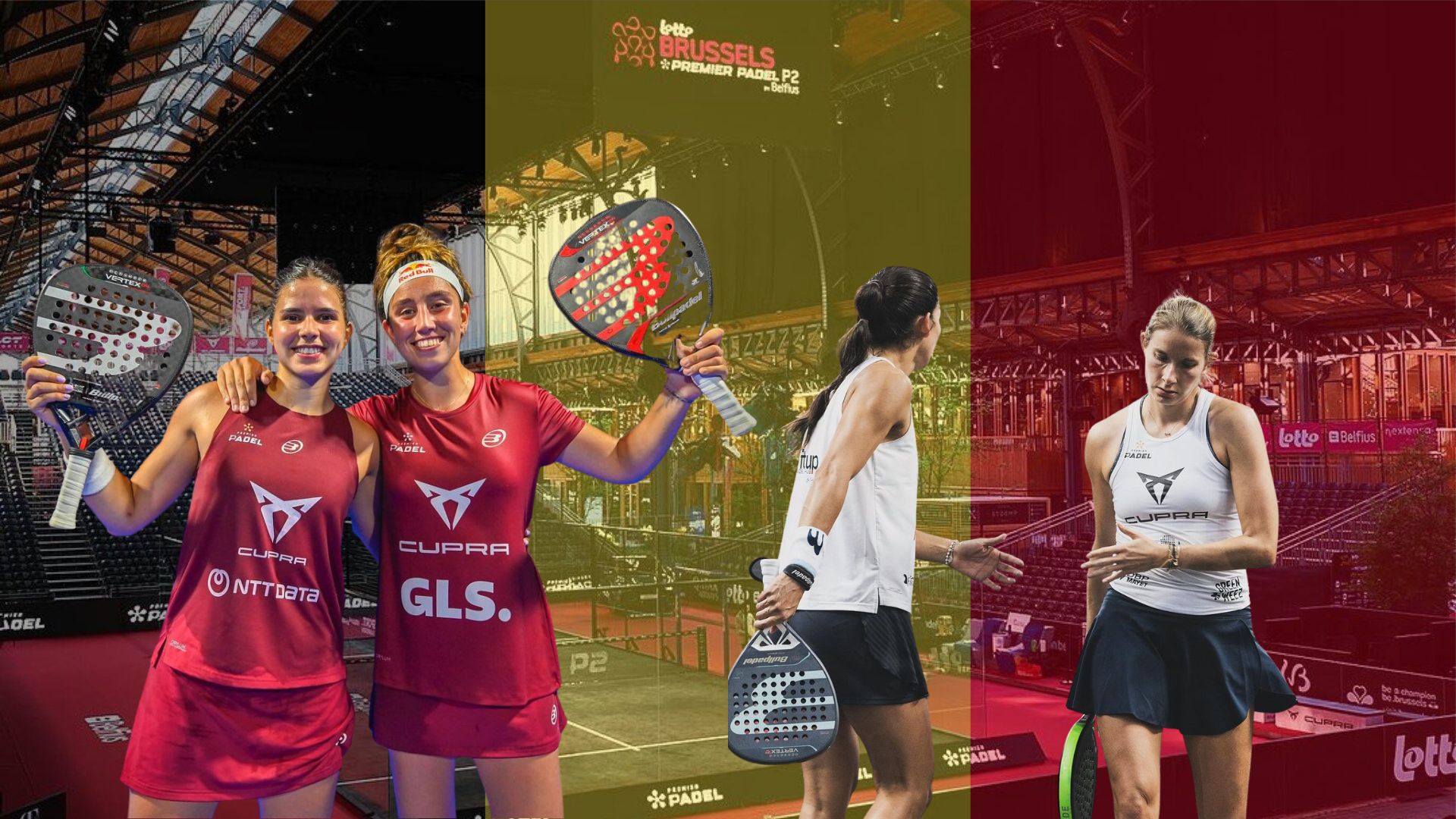 Brussels Premier Padel Brussels P2 – Collombon / Bidahorria falls against Brea / Gonzalez
Brussels Premier Padel Brussels P2 – Collombon / Bidahorria falls against Brea / Gonzalez Padel Score comes to Tahiti for American Express Padel Cup!
Padel Score comes to Tahiti for American Express Padel Cup! Do you know the Rafa Nadal Academy Tour?
Do you know the Rafa Nadal Academy Tour? Play at padel on his yacht? Possible for €233.000!
Play at padel on his yacht? Possible for €233.000! Our Top 10 training courses padel in France and Europe
Our Top 10 training courses padel in France and Europe At the heart of padel – Episode 25: Paul and Andoni answer your questions
At the heart of padel – Episode 25: Paul and Andoni answer your questions Tactical padel – What to do when faced with players who systematically stay at the bottom?
Tactical padel – What to do when faced with players who systematically stay at the bottom? The basic tactics of padel
The basic tactics of padel At the heart of padel – Episode 25: Paul and Andoni answer your questions
At the heart of padel – Episode 25: Paul and Andoni answer your questions At the heart of padel – Episode 23: defend the window well
At the heart of padel – Episode 23: defend the window well Prohibition on playing topless Padel : the reasons
Prohibition on playing topless Padel : the reasons FIP Tour – Going far from Europe, THE strategy to earn points!
FIP Tour – Going far from Europe, THE strategy to earn points! What is a good football player? padel ?
What is a good football player? padel ? “Lefties give me headaches when I play against them!”
“Lefties give me headaches when I play against them!” At the heart of padel – Episode 14: how to earn points in winter?
At the heart of padel – Episode 14: how to earn points in winter? A par 4 is always a winner...even if you manage to defend it!
A par 4 is always a winner...even if you manage to defend it! Carbon fiber VS fiberglass: what to choose?
Carbon fiber VS fiberglass: what to choose? How to effectively test a racket padel ?
How to effectively test a racket padel ? La padel to fight Parkinson's disease
La padel to fight Parkinson's disease Don't play with a cracked or broken racket, your body will thank you!
Don't play with a cracked or broken racket, your body will thank you! Michel Cymes: “The padel, physically, it’s serious!”
Michel Cymes: “The padel, physically, it’s serious!” Jeremy Gala: “Promote the padel among young people in Belgium remains a challenge”
Jeremy Gala: “Promote the padel among young people in Belgium remains a challenge” The French Touch Academy organizes its selection day Padel-Study
The French Touch Academy organizes its selection day Padel-Study Report on the detection and training of younger generations
Report on the detection and training of younger generations
Faltaria a golpe of dreams that es cada vez mas utilizado, y es el botepronto ofensivo. A saludo